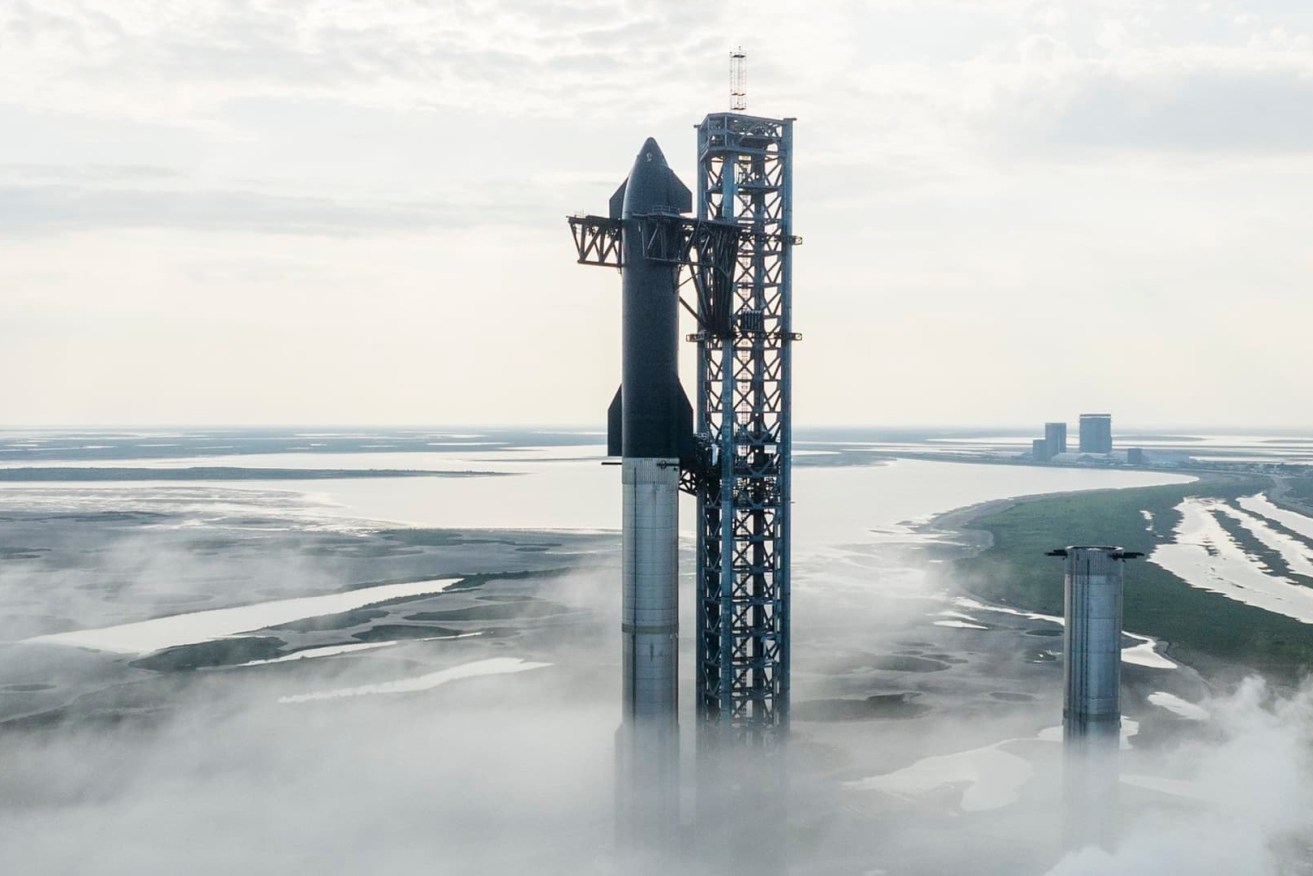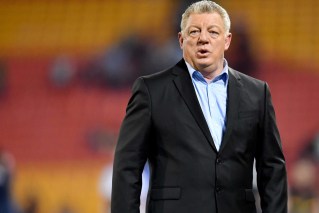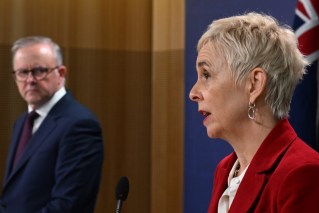Frozen valve delays debut launch of SpaceX’s giant rocket
Elon Musk’s SpaceX has called off the debut launch of its newly-combined Starship cruise vessel and Super Heavy rocket in the final minutes of countdown due to a frozen valve, delaying the uncrewed test flight for at least two days.

Starship prototype 24 stacked on top of Super Heavy booster prototype 7 at the company’s facility near Brownsville, Texas. (Image: SpaceX)
The two-stage rocketship, standing taller than the Statue of Liberty at 120 metres high, originally was scheduled for blast-off from the SpaceX facility at Boca Chica, Texas, during a two-hour launch window that began at 8am on Monday.
But the California-based space company announced in a live webcast during the final minutes of the countdown that it was scrubbing the planned 90-minute flight into space for a minimum of 48 hours, citing a pressurisation issue in the lower-stage rocket booster.
That would make Wednesday the next available launch window for the mission.
SpaceX officials on the webcast said ground teams would nevertheless continue pre-flight fuelling of the rocket until the last seconds of Monday’s countdown, turning the cancelled launch bid into a “wet dress rehearsal” for the next attempt.
Musk, the company’s billionaire founder and chief executive, had told a private Twitter audience on Sunday night that the mission stood a better chance of being scrubbed than proceeding to launch on Monday.
Getting the vehicle to space for the first time would represent a key milestone in SpaceX’s ambition of sending humans back to the moon and ultimately to Mars – at least initially as part of NASA’s newly inaugurated human spaceflight program Artemis.
A successful debut flight would also instantly rank the Starship system as the most powerful launch vehicle on earth.
Both the lower-stage Super Heavy booster rocket and the upper-stage Starship cruise vessel it will carry to space are designed as reusable components, capable of flying back to earth for soft landings – a manoeuvre that has become routine for SpaceX’s smaller Falcon 9 rocket.
Prototypes of the Starship cruise vessel have made five sub-space flights up to 10km above earth in recent years but the Super Heavy booster has never left the ground.
In February, SpaceX did a test-firing of the booster, igniting 31 of its 33 Raptor engines for roughly 10 seconds with the rocket bolted in place vertically atop a platform.
The Federal Aviation Administration just last Friday granted a licence for what would be the first test flight of the fully stacked rocket system, clearing a final regulatory hurdle for the long-awaited launch.
If all goes as planned for the next launch bid, all 33 Raptor engines will ignite simultaneously to loft the Starship on a flight that nearly completes a full orbit of the earth before it re-enters the atmosphere and free-falls into the Pacific at supersonic speed about 97km off the coast of the northern Hawaiian islands.
After separating from the Starship, the Super Heavy booster is expected to execute the beginnings of a controlled return flight before plunging into the Gulf of Mexico.
As designed, the Starship rocket is nearly two times more powerful than NASA’s own Space Launch System (SLS), which made its debut uncrewed flight to orbit in November, sending a NASA cruise vessel called Orion on a 10-day voyage around the moon and back.












